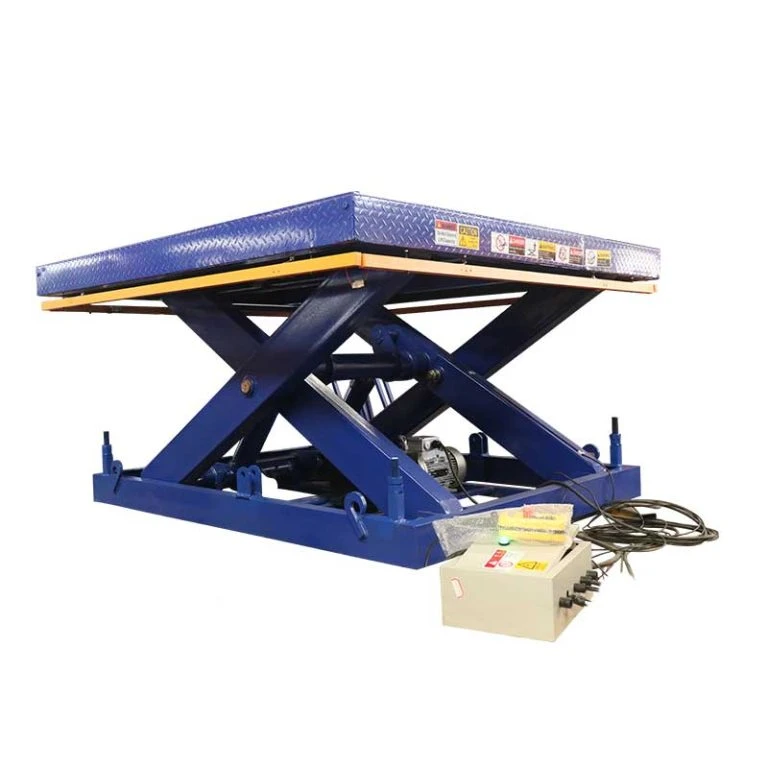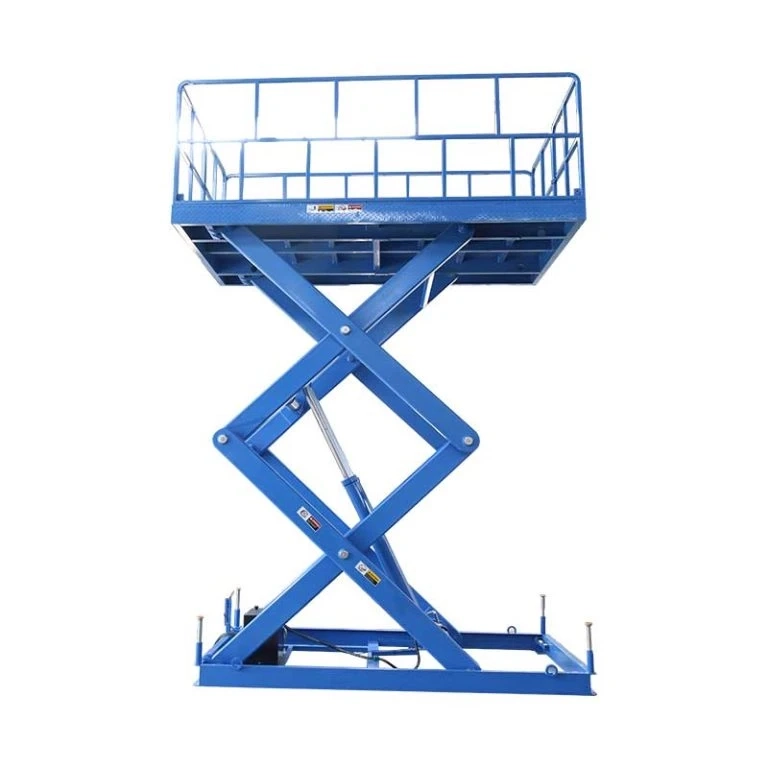In fast-paced industrial environments, efficiency and safety are non-negotiable. One piece of equipment that plays a crucial role in achieving both is the hydraulic scissor lift table. Whether used in warehouses, factories, or assembly lines, a reliable hydraulic scissor lift table can improve workflow, reduce manual strain, and enhance safety standards. However, not all lift tables are built the same. Here are five key features to consider before making a purchase.
1. Build Quality and Materials
The structural integrity of a hydraulic scissor lift table is directly related to the materials used in its construction. High-quality tables are typically made from heavy-duty steel, offering superior strength and resistance to wear and tear. Look for models with well-welded frames, a stable base, and rust-resistant coatings like powder finishing. A sturdy frame not only ensures durability under heavy loads but also contributes to overall safety in high-pressure environments. Investing in a well-built hydraulic scissor lift table can save you from frequent maintenance issues and unexpected equipment failure.
2. Lifting Capacity and Platform Size
Choosing a hydraulic scissor lift table with the appropriate load capacity is essential. Overloading a lift table can lead to equipment damage or serious workplace accidents. Most tables range from 500 kg to several tons in capacity. Always assess the heaviest load your application requires and select a table with some buffer room above that limit.
Equally important is the platform size. A platform that’s too small can compromise stability, while one that’s too large may be cumbersome in tight spaces. The ideal hydraulic scissor lift table should balance capacity and dimensions to suit your specific operational needs.
3. Safety Features
Safety should never be an afterthought. A reliable hydraulic scissor lift table comes equipped with built-in safety features that protect both the operator and the load. These include mechanical safety locks, toe guards, emergency stop switches, and safety descent valves. Some models also feature non-slip platforms to prevent accidents due to slipping or falling items.
Compliance with international safety standards like CE marking or ANSI/ASME certification is a strong indicator of a trustworthy product. A high-quality hydraulic scissor lift table will not only meet but exceed basic safety expectations, making it a smart long-term investment for any business.
4. Hydraulic System Efficiency and Control Options
At the heart of every hydraulic scissor lift table is its hydraulic system. A well-designed system ensures smooth and stable lifting and lowering actions, even under maximum load. Look for models that use quality hydraulic pumps and cylinders that require minimal maintenance.
Control options are another factor to consider. Depending on your application, you might prefer manual foot pumps, electric push-button controls, or remote-operated systems. Easy-to-use and responsive controls contribute to operational efficiency and reduce the likelihood of operator fatigue or error. The best hydraulic scissor lift table models offer multiple control configurations to fit different work environments.
5. Mobility and Customization Options

Flexibility in movement and configuration can significantly enhance the utility of a hydraulic scissor lift table. While stationary models are ideal for fixed workstations, mobile versions with casters and brakes offer greater versatility, allowing you to move the table as needed across your facility.
Customization is also a key consideration. Some manufacturers offer add-ons like rotating tops, tilt functions, or conveyor attachments, which can tailor the lift table to specific workflow requirements. Adjustable lift heights and programmable lift settings are additional features that improve performance and adaptability. A customizable hydraulic scissor lift table ensures your equipment evolves with your operational needs, not against them.
Conclusion
Selecting the right hydraulic scissor lift table involves more than just comparing prices. It’s about ensuring the equipment meets your specific operational needs, complies with safety standards, and stands the test of time. By focusing on these five critical features—build quality, lifting capacity, safety, hydraulic performance, and customization—you can make a well-informed investment that boosts both productivity and safety in your workplace.
A high-quality hydraulic scissor lift table is more than just a tool—it's a cornerstone of efficient and safe material handling.


